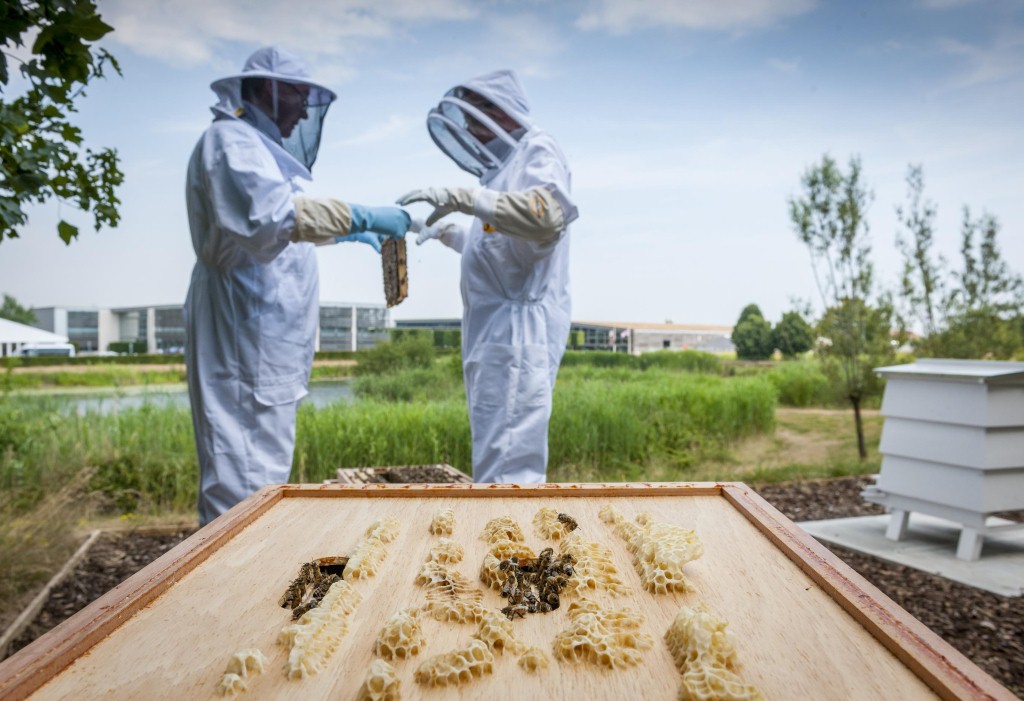In their third full season of production, the dedicated 250,000-strong workforce in the company’s Apiary are set, once again, to exceed their 2020 volume targets for the "Rolls-Royce of Honey".
Having come through the winter in excellent health, Rolls-Royce’s English Honey Bees are currently emerging from their hives and foraging on the half-a-million trees, shrubs and wildflowers flourishing across the 42-acre Rolls‑Royce site, plus the eight acres of sedum plants growing on the manufacturing plant’s ‘living roof’ – the largest of its kind in the UK.
The more adventurous bees make sorties into the surrounding Goodwood Estate, whose 12,000 acres of West Sussex countryside are among the glories of the South Downs National Park.
Established in 2017, the Goodwood Apiary comprises six traditional, English-crafted, wooden beehives, each bearing a polished stainless steel nameplate handcrafted in the company’s Bespoke Workshop.

Five are named after cars in the Rolls-Royce product family – ‘Phantom’, ‘Wraith’, ‘Ghost’, ‘Dawn’ and ‘Cullinan’ – while the sixth, the ‘Spirit of Ecstasy’, celebrates the marque’s illustrious mascot.
The Apiary project is Rolls-Royce Motor Cars’ response to the real and present threat facing Britain’s Honey Bee population.
Honey Bees are the principal pollinators of numerous tree and plant species, including many of the fruit and vegetable crops that are crucial to the local agricultural economy around the Home of Rolls-Royce.
However, a shortage of suitable forage, primarily caused by habitat loss, has put their numbers under great and growing pressure in recent years.
The South Downs National Park, on the doorstep of the Home of Rolls-Royce, mirrors this national trend.
Chalk downland, which supports pollinators including honey bees, bumblebees and the Adonis blue butterfly, now accounts for just four per cent of the National Park’s total area, in fragmented pockets that make it harder for pollinators to move through the landscape.
“The Apiary further underlines our commitment to the environment, which informs everything we do at Goodwood,” says Richard Carter, director of global communications at Rolls-Royce Motor Cars. “Our sustainable buildings, thermal ponds, rainwater management systems and wildfowl refuge have already made the Home of Rolls-Royce at Goodwood one of the UK’s most eco-friendly manufacturing facilities.
Through this project, which taps into the biodiversity of our site, including our huge living roof, we’re making an important contribution to conserving Britain’s vital bee population.”










